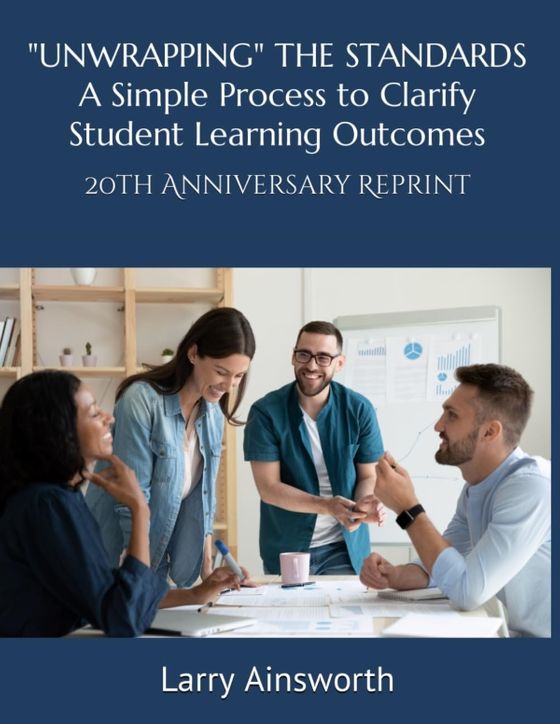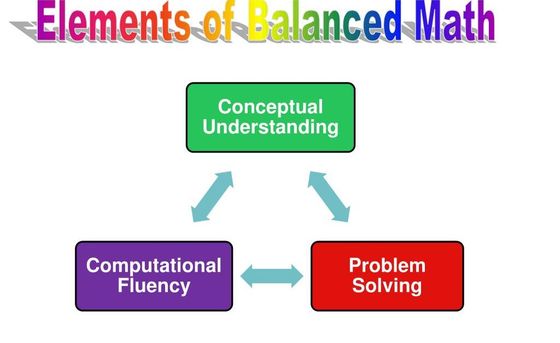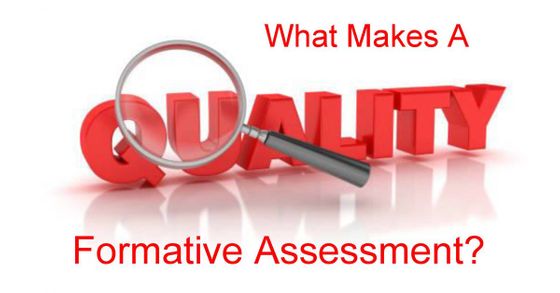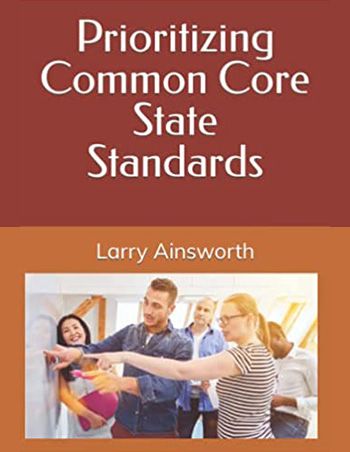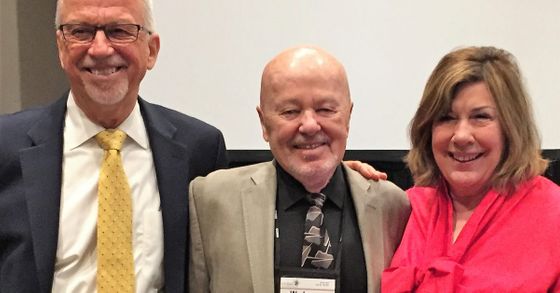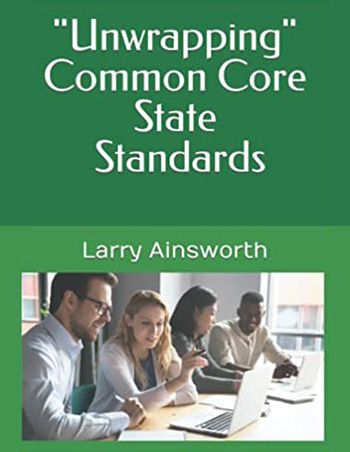Blog
“UNWRAPPING” THE STANDARDS - A Simple Process to Clarify Student Learning Outcomes –20th Anniversary Reprint!
Larry Ainsworth
Amazon Link to book: https://tinyurl.com/354perdj
It’s TIMELESS! 20 years later and still going strong!
In this 20th anniversary reprint of the 2003 original edition, with a new subtitle, “Unwrapping” the Standards, A Simple Process to Clarify Student Learning Outcomes, Larry Ainsworth guides educators through each phase of the “unwrapping” standards process. Sharing the stories of K-12 educators and leaders across the country who have successfully implemented this process, Larry convincingly explains why “unwrapping” standards continues to be a “timeless” practice to elevate teaching and learning.
“Unwrapping” the standards is a simple but powerful practice to help educators clarify what students need to know and be able to do from the wording of the standards. When educators take the time to analyze each standard and identify its essential concepts and skills, the result is more effective instructional planning, higher quality assessment design,...
morePower Standards: Identifying Standards Essential for Student Success – 20th Anniversary Reprint!
Larry Ainsworth
Newly Republished on Amazon KDP: October 18, 2023
Amazon Link to Book: https://tinyurl.com/5n6esr9e
An ENDURING practice! 20 years after the original edition and still going strong! In this 20th anniversary reprint of the initial 2003 publication, Power Standards: Identifying the Standards Essential for Student Success is a practical, “how-to” manual that explains step-by-step how teams of educators can collaboratively identify and vertically align, K-12, the Power Standards.
Power Standards, known also as Priority Standards, are a prioritized subset of state standards within each grade level and content area that educators use as a foundation for developing high-quality curriculum and assessments. Other standards, not identified as priorities, are not eliminated. They serve as supporting standards to assist students in learning the more rigorous Power Standards.
Why Power Standards? All standards are not equal in importance. Many standards require more time...
moreCOMMON FORMATIVE ASSESSMENTS 2.0
Date of Blog Post: March 29, 2022
Newly Republished on Amazon KDP! Common Formative Assessments 2.0: How to Write Quality Assessment Questions Aligned to the Rigor of the Standards for In-Depth Instruction and Assessment (Ainsworth, 2021)
moreBIG IDEAS & ESSENTIAL QUESTIONS
How to Write Big Ideas & Essential Questions from “Unwrapped” Priority Standards
Date of Blog Post: March 15, 2022
Newly Republished on Amazon KDP! “Unwrapping” Common Core State Standards: Deconstructing Priority Standards to Identify Levels of Rigor, Big Ideas, and Essential Questions (Ainsworth, 2022)
Amazon Link to Book: https://tinyurl.com/yzs9mxwb
IMPORTANT NOTE TO READERS:
My newly republished book specifically addresses how to “unwrap” the Common Core State Standards in both English language arts and mathematics. The process educators use to “unwrap” their own state standards and write Big Ideas and Essential Questions in any grade, course, and content area, is directly relevant and applicable to ALL state standards—not to the Common Core only.
In addition to first seeing how to “unwrap” Priority Standards and identify related levels of thinking-skill rigor, you will learn how to:
- Determine Big Ideas (the aha’s or “lightbulb” moments of...
HOW TO “UNWRAP” PRIORITY STANDARDS
Date of Blog Post: March 9, 2022
Newly Republished on Amazon KDP! “Unwrapping” Common Core State Standards: Deconstructing Priority Standards to Identify Levels of Rigor, Big Ideas, and Essential Questions (Ainsworth, 2022)
Amazon Link to Book: https://tinyurl.com/yzs9mxwb
IMPORTANT NOTE TO READERS:
My newly republished book specifically addresses how to “unwrap” the Common Core State Standards in both English language arts and mathematics. However, why the “unwrapping” of standards is a powerful method for clearly understanding the standards, and how educators can “unwrap” their own state standards in any grade, course, and content area, are directly relevant and applicable to ALL state standards—not to the Common Core only.
Through explanations and examples, you’ll learn how to:
- Clarify specific concepts and skills that students need to know and be able to do from the wording of the Priority Standards;
- Identify the...
PRIORITIZING COMMON CORE STATE STANDARDS: IDENTIFYING RIGOROUS STANDARDS FOR IN-DEPTH INSTRUCTION AND ASSESSMENT
Newly Republished on Amazon KDP: February 24, 2022
Amazon Link to Book: shorturl.at/qxAS3
Important Note to Readers:
The content of this republished book specifically addresses how to prioritize the Common Core State Standards in both English language arts and mathematics. However, the rationale for why the prioritizing of standards is necessary, and how educators can prioritize and vertically align their own state standards, K-12, in any content area, are directly relevant and applicable to all state standards–not to the Common Core only.
Several important benefits readers will gain from the book’s final chapters are the narratives by district leaders from six different school districts in six different states. Contributed specifically for this publication, these first-person accounts describe in detail how these leaders successfully carried out the project of prioritizing the CCSS — by fully involving their classroom educators at the center of this important...
more“I TOUCH THE FUTURE; I TEACH”: TEACHING AS SELFLESS SERVICE
CONNECTING INSPIRATION TO “TIMELESS” EDUCATIONAL PRACTICES
It’s been my joy and privilege to serve education for nearly 20 years as an author and consultant of effective practices to use with standards, assessment, curriculum, and instruction. I love seeing PK-12 educators and leaders across the country experience “lightbulb moments” while going through the Common Formative Assessments 2.0 and Teacher Clarity workshops I created for Corwin.
As important as these “timeless practices” continue to be, I’m now bringing a new—and vitally important—connection to my ongoing work with educators: inspiration.
The word “inspiration” comes to us from the Latin verb, inspirare, meaning “to breathe into”. In Middle English, it signified, “divine guidance.”
Inspired teachers—those who know why they teach and are motivated by that passionate purpose to help their students succeed—can effectively impact student learning even more than they may realize. How?—by infusing heart-felt inspiration into their...
moreTHE CLARITY PROBLEM—AND THE TEACHER SOLUTION!
What IS Teacher Clarity?
Simply put, teacher clarity means an educator has absolute clarity about what students are to learn, know, and be able to do for an upcoming instructional focus before they plan any instruction and assessments.
The Clarity Problem
Today there’s a lot of fuzziness around learning outcomes. Teachers aren’t crystal clear about what they’re supposed to be teaching. Students often confuse what they’re learning with what they’re doing. They can tell you about the activities they’re engaged in, but not the intended learning those activities are designed to achieve.
The Clarity Solution
When teachers are certain about their learning intentions—what they want students to know and be able to do in a unit of study and in specific daily lessons—they can intentionally design assessments, plan instruction, and select appropriate curriculum materials directly aligned to those learning intentions. Teachers write the learning intentions in student-friendly language so students will be clear...
moreWHERE IS FORMATIVE ASSESSMENT FLOURISHING? IN VALLEY VIEW SCHOOL DISTRICT
Today an educator may equate the word, “assessment” to “test,” and as such, see it as an isolated event that takes place periodically: at the end of the week in the form of a quiz, at the end of a unit of study as a culminating measure of achievement, at the end of a marking period to help determine an overall student grade—or annually as the high-anxiety-producing standardized achievement test.
But “assessment” is not just another word for “test” or “exam”, two terms which indicate a summative evaluation. Formative assessment evaluates a student’s current understanding or ability before, during, and after instruction. Yet that’s only part of it. The assessor and the assessed then need to do something with the results if any real benefit to student learning is to be gained.
Formative Assessment’s Chief Purpose—To Inform and Adjust Instruction and Learning
Formative assessment’s chief purpose and function for teachers is to inform instructional decisions and to make instructional adjustments accordingly. Formative assessment’s true purpose and...
moreFORMATIVE ASSESSMENT CAN FLOURISH IF…
On June 30, 2017, I co-presented a breakout session entitled, “Formative Assessment: Flourishing or Floundering?” with two of my education heroes, W. James Popham and Margaret Heritage, at NCSA, the National Conference on Student Assessment, in Austin, Texas. This post summarizes my stance on this important topic:
Formative Assessment: Is it still flourishing as it was in recent years?
My position is yes, it still is, but only if and when certain key factors are in place. And the first factor is the clear understanding of formative assessment’s chief purpose and function.
In 2011, I heard W. James Popham, foremost expert on assessment, define formative assessment and its true purpose as follows:
moreTIMELESS PRACTICES TO IMPROVE STUDENT LEARNING
What are those educational practices that can rightly be called, “timeless”?
In my long career as an education author and consultant (21 years and counting!), I’ve had the privilege of teaching educators and leaders across North America key methods I’ve developed for prioritizing and “unwrapping” standards, writing formative assessments and scoring guides, and designing rigorous curricular units of study for every grade level and content area. However, it wasn’t until the last couple of years that I realized the timelessness of these practices.
Educators know that their state or provincial standards are what they must teach their students. They also know that they must regularly assess their students’ understanding of those standards, and then use the assessment results to inform and adjust their teaching—selecting appropriate instructional strategies and relevant curricular materials to do so. This is the main work and responsibility of each and every teacher, from preschool through high school. And this core responsibility will not change, no matter...
morePRIORITY STANDARDS: THE POWER OF FOCUS
Larry Ainsworth, author of Prioritizing the Common Core: Identifying Specific Standards to Emphasize the Most (2013)
So many standards, so little time…
How can classroom teachers be expected to teach, assess, re-teach, and reassess student understanding of each and every standard in a grade level or course within a limited number of school days each year—especially when there can be as many as 70, 80, and even 90 or more standards in any given content area?
Realistically, they can’t—unless they practice the “inch deep, mile wide” coverage approach to standards whereby they teach it, the students likely don’t get it, but it’s time to move on because they have to cover every standard before the annual state test. Anyone who has ever taught students for any length of time knows this doesn’t work, and yet the practice continues.
Why?
Because the expectation persists that all standards are of equal importance and teachers must ensure their students learn all of them each year—regardless of the extraordinary range of...
more“UNWRAPPING” THE STANDARDS: A SIMPLE WAY TO DECONSTRUCT LEARNING OUTCOMES
Contributed by Larry Ainsworth, author of “Unwrapping” the Common Core: A Practical Process to Manage Rigorous Standards (2014)
This post was originally published on Finding Common Ground.
To “unwrap” or not to “unwrap”? – Actually, there is no question.
In addition to the voluminous numbers of standards teachers must impart to their students each year, there is the added challenge of really understanding what the standards means. It’s one thing to read a standard and get a general sense of what it’s about. It’s another thing to thoroughly understand what it explicitly and implicitly indicates. What is it that students must know and be able to do as stated in each of these learning outcomes?
“Unwrapping” is a simple method that all teachers in all grade levels can use to deconstruct the wording of any standard in order to know its meaning inside and out.
Why is this important? If teachers aren’t crystal clear about the full and precise intent of a given standard, how can they accurately teach it? How can they accurately assess student understanding...
more2015 CORWIN AUTHOR CONSULTING RETREAT: FROM IDEAS TO IMPACT
When professional educators are engaged in ways to improve student achievement, staff morale, and equity and advocacy, we leave learning sessions with a newfound enthusiasm.
I recently attended the Corwin 2015 Author Retreat, where over 100 influential thought leaders came together for two days of learning. These educators capture the urgency of our professional and moral imperatives to transform and enhance our educational system.
moreFEEDBACK FROM COMMON FORMATIVE ASSESSMENTS REVEALS EDUCATORS’ IMPACT
This post was originally published on Common Formative Assessments by Larry Ainsworth.
How can teachers really know what their impact is on student learning?
As educators, we want to make learning visible to our students. We constantly look for new ways to maximize our impact. We have so little time with our students that we need to make sure they are getting from us the feedback they need in order to move forward in their learning. Common formative assessments (CFAs) are a great way for educators and students to receive that feedback.
CFAs afford grade-level and course-level teacher teams a clear lens through which to see their instructional impact on student learning. Designed by educators for use with their own students, these unit-specific pre- and post-assessments are directly aligned to the targeted learning intentions of the unit. Accompanying success criteria describe explicitly what students are to demonstrate in their assessment responses to show they have achieved the learning intentions. Knowing what they are to learn and how their...
more
